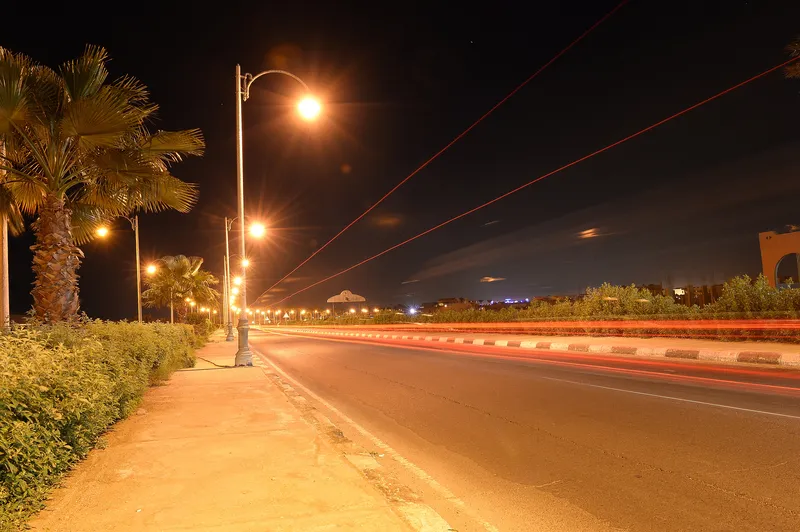
Iteris has been awarded a $1.1. million contract by the City of Orange in California to carry out a regional smart mobility, safety and sustainability programme.
Under the agreement, Iteris is to make infrastructure upgrades, signal coordination and timing improvements, develop signal timing plans for key signalised intersections and provide vehicle turn movement counts. It will also perform before and after corridor analysis along the Tustin Avenue/Rose Drive corridor from First Street in the City of Tustin to Wabash Avenue in the City of Yorba Linda.
The project area comprises 54 signalised intersections spanning six cities – Tustin, Santa Ana, Anaheim, Orange, Placentia and Yorba Linda – as well as key highway on/off ramps under Caltrans in Orange County, California.
Larry Tay, city traffic engineer at the City of Orange, says: “Keeping traffic flowing safely and smoothly through the City of Orange is one of our highest priorities. Optimising traffic signal coordination reduces travel times and delays throughout the region.”
Bernard Li, vice president, consulting solutions at Iteris, says: “This initiative represents the continued expansion of Iteris’ specialised consulting services across the west coast, and will ultimately help to increase the value, effectiveness and resilience of the region’s existing transportation infrastructure, while also improving air quality by reducing fuel consumption and emissions.”
The three-year project supports the Orange County Transportation Authority's (OCTA) Project P, a transportation funding scheme aimed at reducing countrywide travel time, fuel consumption and greenhouse gas emissions. The initiative is seeking to reduce delays and stops on key corridors for passenger vehicles and heavy vehicles to help reduce carbon dioxide emissions and fuel consumption.









